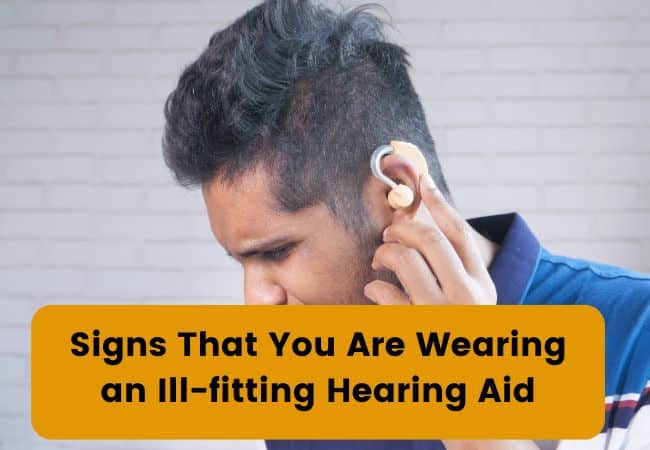Wearing a hearing aid that doesn’t fit correctly can undermine its overall benefits. Instead of improving your listening experience, it may cause discomfort, poor sound quality, or even lead to long-term ear issues. Being aware of the warning signs can help you address the problem promptly and work with a professional to achieve a better fit.
1. Discomfort or Pain
Your hearing aid should feel snug but not painful. Consistent soreness, aching, or pressure can indicate a fit that’s too tight or improperly shaped. Over time, ignoring these sensations can lead to irritation or even minor injuries in the ear canal.
2. Frequent Feedback or Whistling
Persistent squealing or whistling sounds—known as feedback—often occur when sound escapes around the edges of an ill-fitting device. If you’re constantly struggling with this issue, it might be a sign that the hearing aid is not sealed properly inside your ear.
3. Device Slipping Out of Place
If your hearing aid frequently shifts or falls out, the shape or size may not match the contours of your ear. A properly fitted device should remain secure throughout your daily activities without requiring constant readjustment.
4. Reduced Sound Quality
A poorly fitting hearing aid may cause certain sounds to seem muffled, distorted, or tinny. If adjusting the volume or switching programs doesn’t improve clarity, the shape or positioning of your device may be the culprit.
5. Visible Gaps or Poor Placement
Sometimes, simply looking in the mirror can alert you to fit issues. If you notice gaps between the hearing aid and your skin, or if the device appears awkwardly angled, you may need a new fitting.
Paying attention to these red flags and working closely with a hearing care professional can help you achieve a comfortable, properly fitted device. With the right fit, you can look forward to better sound quality, improved comfort, and a more positive listening experience each day.



